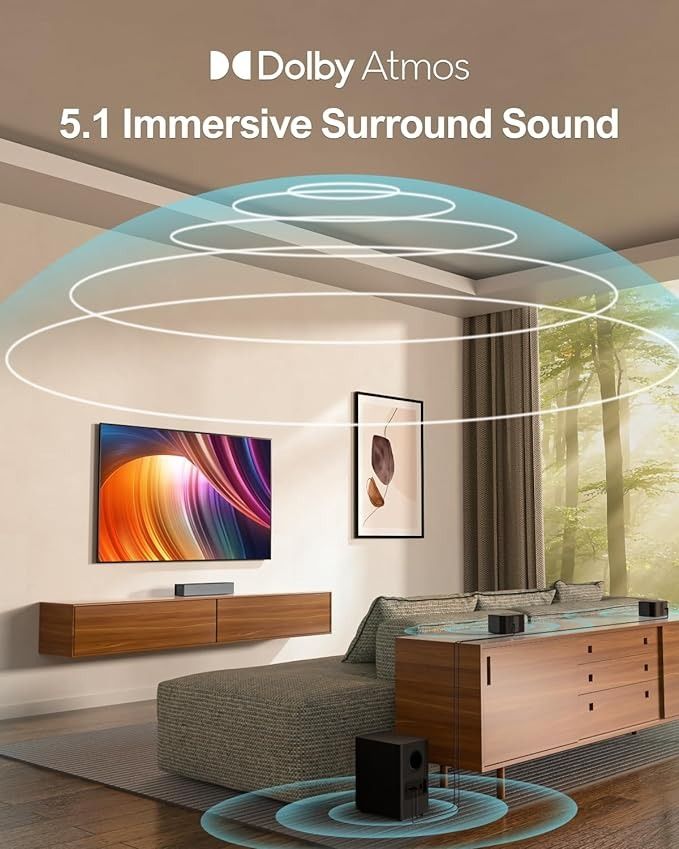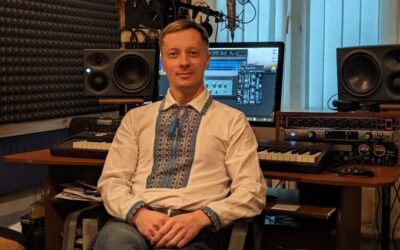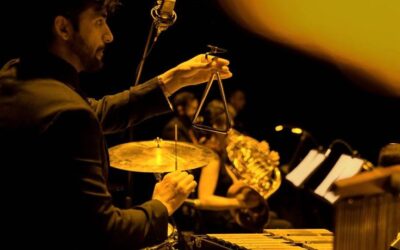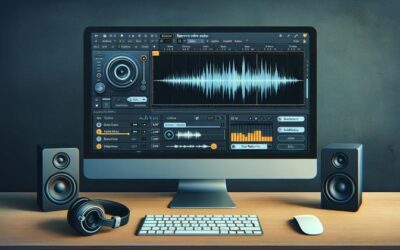Client Background
A VR-based documentary production house partnered with our audio production studio to create an immersive audio environment for a 360° short film about climate change. Their goal was to deliver not just visuals but a sonic landscape that placed the viewer inside natural ecosystems—rainforests, oceans, and glaciers—through precise 3D surround sound & spatial audio design.
Project Objective
The primary aim was to produce a fully immersive spatial sound mix that enhanced viewer presence within the virtual environment. The deliverables needed to align with modern VR audio standards and ensure high quality audio recording throughout the experience.
Challenges Faced
- Sound Localization: Sounds had to be placed with pinpoint accuracy in a 360-degree space.
- Device Compatibility: Audio needed to translate across VR headsets, surround speakers, and headphones.
- Layer Density: Managing complex ambient layers without muddying or overlap.
- Environmental Realism: Natural sounds had to feel live and directionally authentic.
Execution
Our music and audio production team employed a cinematic spatial workflow optimized for immersive formats:
- Ambisonic Microphone Recording: We recorded original environmental samples using ambisonic microphones in the field for authentic spatial textures.
- Binaural Simulation & Spatial Mapping: Using tools like Facebook 360 Spatial Workstation and Dolby Atmos Production Suite, we mapped all sound sources within a 3D plane, accounting for depth, elevation, and movement.
- Layered Ambience Design: For each scene, we stacked multiple environmental and tonal layers—wind, foliage, water flow—assigned to various axes within the audio field.
- Real-Time Movement Sync: For dynamic scenes (like birds flying overhead), we used motion tracking data from the video to match sound movement with visual cues.
- Monitoring & Testing: All mixes were tested across VR headsets, 5.1 speaker arrays, and high-resolution headphones inside our audio production studio, ensuring spatial consistency.
The entire audio pipeline was managed using high quality audio recording standards at 96kHz/24-bit to preserve detail and clarity across platforms.
Results Achieved
The spatial mix brought the VR film to life. Reviewers described the experience as “sonically breathtaking” and “eerily immersive.” Sound elements like crackling ice and chirping insects seemed to envelop the listener, greatly enhancing realism. The documentary was selected for multiple global tech and film festivals, earning special recognition for music and audio production quality.
Key Takeaways
- 3D surround sound transforms passive viewing into immersive experiences.
- Spatial audio design relies on both technical accuracy and creative mapping.
- A professional audio production studio ensures compatibility across output formats.
- High quality audio recording is essential for spatial realism and dynamic range.
- 3D audio is a rapidly growing field in music and audio production.



